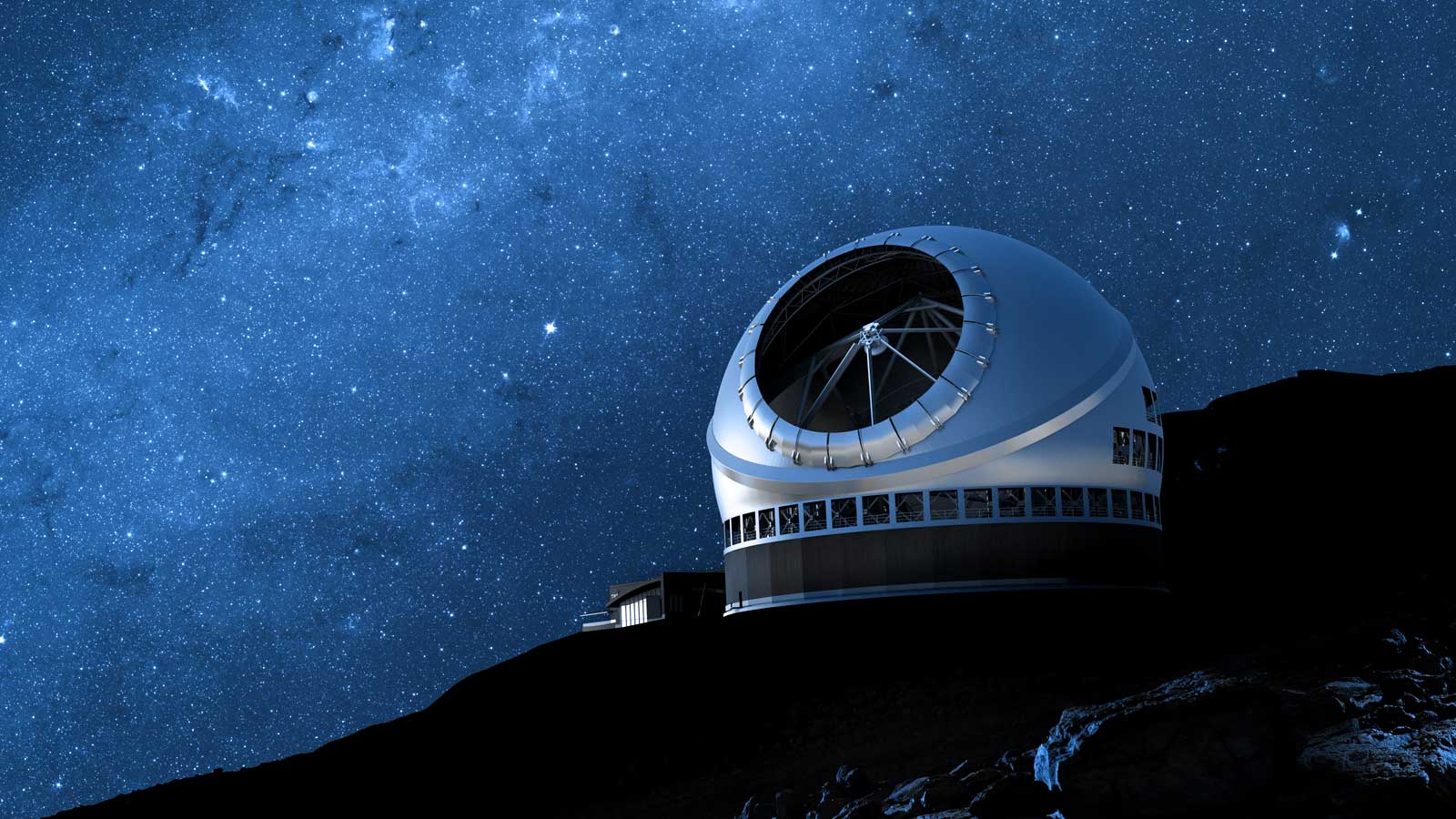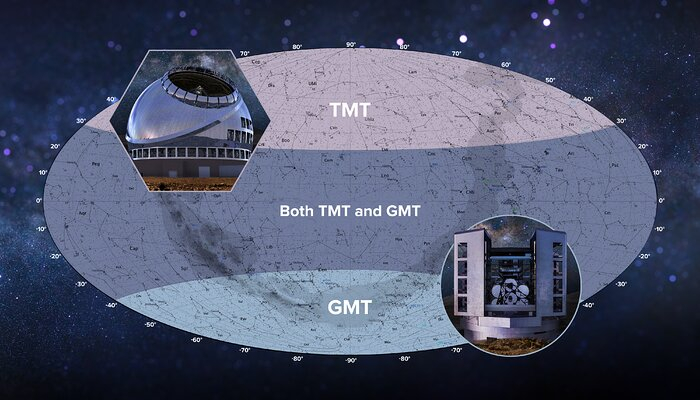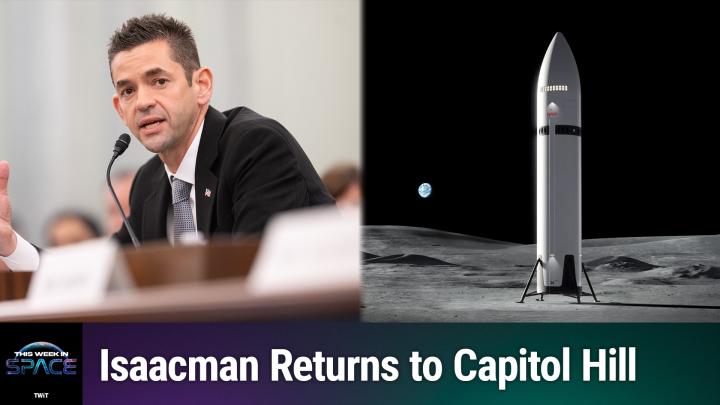Spain offers 400 million euros to revive Thirty Meter Telescope as Trump suggests cancelling project
"Spain wants and can be the home of the future of astronomy and astrophysics."

On Wednesday (July 23), Diana Morant, the Minister of Science, Innovation and Universities in Spain, announced the Spanish government will offer a maximum of 400 million euros ($471 million) to save the Thirty Meter Telescope — a massive astronomy observation facility facing possible cancellation due to budget constraints in the U.S.
"Spain wants and can be the home of the future of astronomy and astrophysics," she said, according to a press release translated from Spanish. "We have the capacity and the political will to do so."
Originally, the Thirty Meter Telescope (TMT) was planned to adorn a mountain in Hawaii called Mauna Kea. This is a very popular observing site because of how strikingly dark its skies are and how great the weather tends to be; indeed, it already is home to several other large, ground-based telescopes like the Keck Observatory and the Very Long Baseline Array. However, the TMT's development has been riding a bumpy road, and the biggest challenge came recently: The Trump administration's fiscal year 2026 (FY26) budget proposal for the National Science Foundation (NSF), which is funding the TMT's design and development work, requests removing that funding altogether.
As a result, the Spanish government has offered up its sizeable sum of money with the hopes that the TMT can be moved to the island of La Palma in the Canary Islands and continue construction there.
"If completed, it will involve not only the construction of the telescope, but also decades of scientific operations, the creation of skilled employment and an economic and social boost for the island," Morant said.
Trump's FY26 NSF budget request actually isn't the first time the TMT has been subjected to whispers of a halt. Even before Trump took office, the NSF was facing pressure from the U.S. government to build only one giant, ground-based telescope with a budget capped at $1.6 billion — this was a worry because there are already two giant telescopes in the works. One is the TMT, and the other is known as the Giant Magellan Telescope (GMT) that's being built in the clear-skied deserts of Chile.
They were meant to work in tandem, with the GMT watching over the Southern Hemisphere while the TMT watches the Northern Hemisphere. They also have complementary skillsets. So, slap their observations together and astronomers believed that'd paint a beautiful picture of the night sky in its totality.
Breaking space news, the latest updates on rocket launches, skywatching events and more!
But as the days go by, it's looking more and more like this utopic situation isn't going to work out.
Trump's NSF budget request for the upcoming year specifically states the GMT can move forward to the "final design phase," but the TMT cannot. However, it also states that "NSF has received assurances from the GMT project that it can complete the final design phase without further investments. Moving into the final design phase does not guarantee that a project will be approved for construction, and doing so does not obligate the agency to provide any further funding."
In other words, the future of the GMT may not be 100% certain either.
In fact, the administration's budget proposal for the agency was aggressive all around: It could shut down one of two sites that comprise LIGO (the Laser Interferometer Gravitational-wave Observatory that studies black holes), completely halt operations for DKIST (Daniel K. Inouye Solar Telescope), which is the world's most powerful solar telescope that started delivering data relatively recently, and reduce the number of people involved in NSF science from over 330,000 to just around 90,000. And that's just a few of the blows.
"While some countries are cutting back on investments in science and even denying it, Spain is a haven for science, the home of scientists seeking to advance and develop their projects," Morant said.

Furthermore, in addition to allowing the project to move forward, the change of location may be received positively by communities living near Mauna Kea in Hawaii. The mountain isn't only revered for its excellent astronomy observation conditions — it's also considered sacred for many native Hawaiians.
For that reason, it's been rather controversial to have so many telescopes dotting the mountain; the total number currently sits at 13. In fact, back when construction on the TMT was supposed to begin in 2014, protestors blockaded the area, and many activists continue to speak out today.
"Faced with the risk of paralyzing this major international scientific project, the Spanish government has decided to act with a redoubled commitment to science and major scientific infrastructures for the benefit of global knowledge," Morant said.

Monisha Ravisetti is Space.com's Astronomy Editor. She covers black holes, star explosions, gravitational waves, exoplanet discoveries and other enigmas hidden across the fabric of space and time. Previously, she was a science writer at CNET, and before that, reported for The Academic Times. Prior to becoming a writer, she was an immunology researcher at Weill Cornell Medical Center in New York. She graduated from New York University in 2018 with a B.A. in philosophy, physics and chemistry. She spends too much time playing online chess. Her favorite planet is Earth.
You must confirm your public display name before commenting
Please logout and then login again, you will then be prompted to enter your display name.
